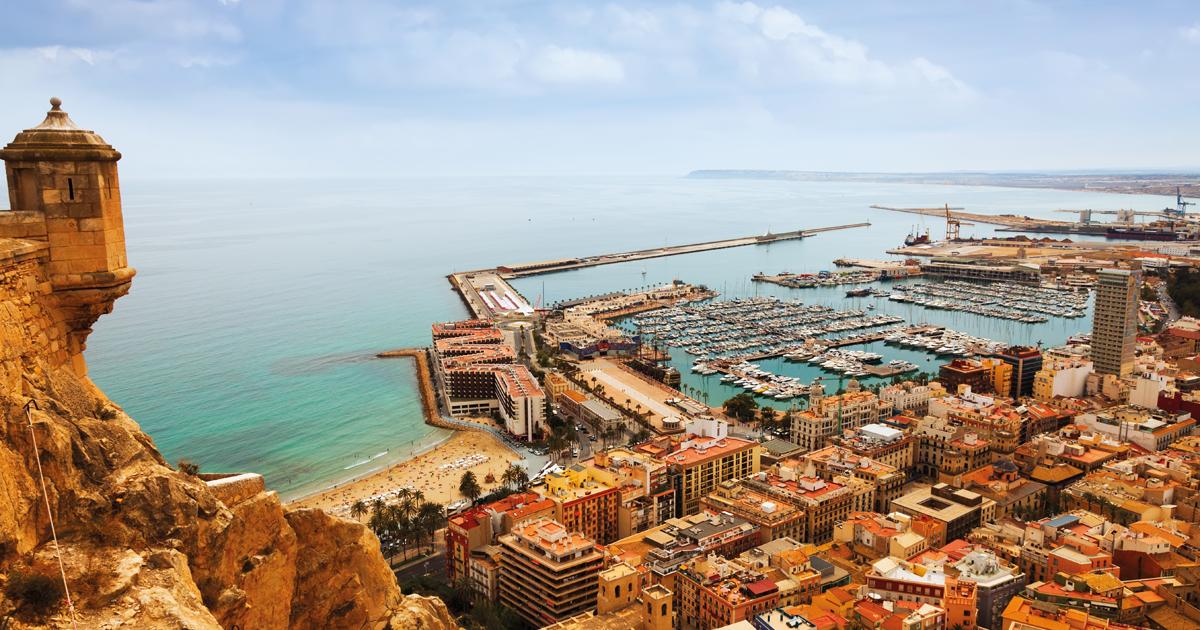
Alicante: A Treasury of History and Contemporary Attractions
Alicante, located on the picturesque Costa Blanca in Spain, is a place that delights not only with its charm, but also with its rich history, dating back to ancient times. From Phoenician settlers to Roman domination to Muslim and Christian influences, each era has left its mark on the region's culture and architecture.
History of Alicante Antiquity and the Middle Ages
Alicante's origins date back to around 3000 BC, when the area was inhabited by Phoenicians. The city's name, “Al-Laqant,” may derive from an Arabic word meaning “halt,” alluding to its role as a trading port. After the Roman conquest in the 1st century BC, the city rose to prominence as “Lucentum,” becoming an important trading center.
In the 9th century, the city came under Muslim rule, which brought architectural and cultural development. During this period, the Castle of Saint Barbara was built, which became the main fortress in the region. After the Reconquista in the 15th century, the city passed into Christian hands and gained new splendor, while its strategic location continued to promote trade.
Modernity
In the 18th and 19th centuries, Alicante experienced a period of intense development, associated with industrialization and the construction of modern ports. During this time, the city began to attract tourists, which resulted in the development of infrastructure and the construction of numerous hotels and tourist attractions.
Contemporary Alicante attractions: the Castle of Santa Barbara
The Castle of Saint Barbara is undoubtedly one of Alicante's main attractions. Rising on the hill of Benacantil, the castle offers not only a rich history, but also beautiful views of the city and the Mediterranean Sea. Note its architecture, which combines Islamic and Christian elements. Inside, there are numerous courtyards, viewing areas and a museum that takes a look at the history of the castle and the city.
Old Town
Walking through the Old Town, you can discover charming streets, colorful townhouses and small plazas. Be sure to visit the San Nicolás Cathedral, which impresses with its Baroque architecture. The area is also home to Plaza de los Luceros, known for its beautiful fountains and palm trees.
Beaches
Alicante is famous for its beautiful beaches. Playa de San Juan is one of the most popular, with a wide stretch of golden sand and turquoise water. The beach offers numerous amenities, including bars and restaurants, as well as water sports opportunities.
Port of Alicante
The port of Alicante is one of the most important ports in Spain. In addition to its commercial role, the port attracts tourists who can enjoy cruises and transportation to nearby islands such as Tabarca. The port also hosts a variety of festivals and events, including sailing regattas.
Culture and Festivals
Alicante is a lively city and its culture is vibrant with energy. Every June, the Hogueras de San Juan festival is one of the city's highlights. During the festival, colorful platforms line the streets, and locals and tourists take part in numerous events, fireworks displays and parades.
Another important event is the Feria de Agosto, which features concerts, exhibitions, and traditional food stands. Such festivals perfectly showcase the local culture and traditions that are an integral part of life in Alicante.








